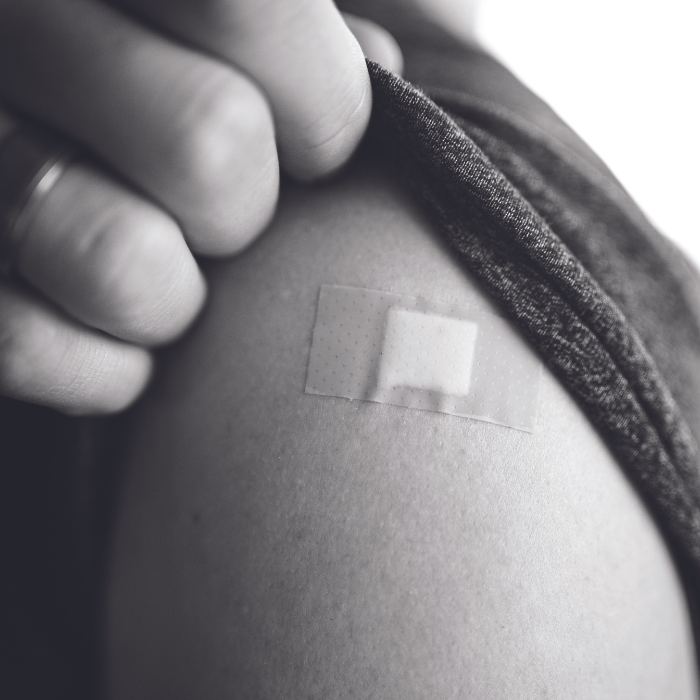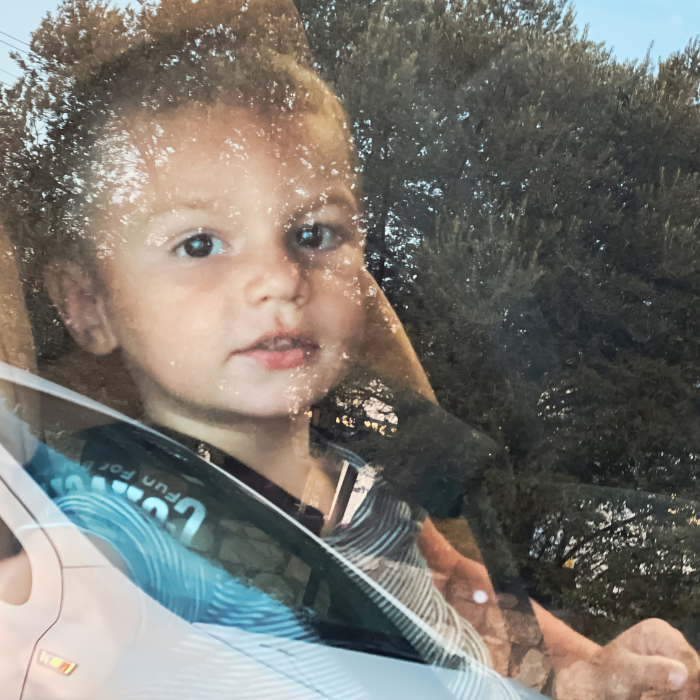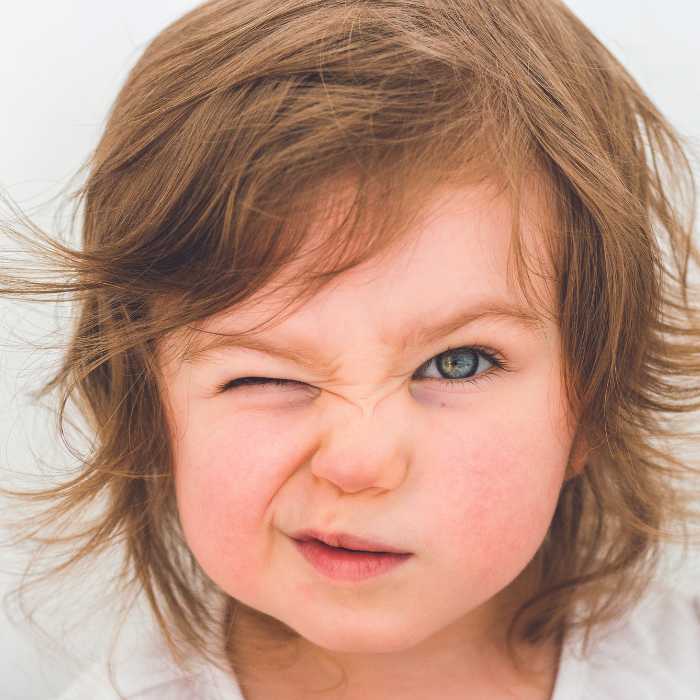
From that wide-eyed newborn gaze to the first eyeroll our tweens give us, optometrist and mum of two Adele Jefferies explains why it’s important to care for our children’s eyesight.
Eyecare should form part of primary healthcare for all of us, children included. Children also often don’t complain of problems, because they think how they see is how everyone sees. An eye exam with an optometrist helps ensure both good eye health and good vision, and goes well beyond the school screening.
Learning success
If a child has problems seeing clearly and comfortably, it can affect their performance at school, both academically and on the sports field. 80% of learning in the classroom is visual, so poor vision or eye muscle coordination can be a reason for reading challenges and slow learning in fact, approximately 60% of those with reading difficulties have an undiagnosed or untreated vision problem. Recent research by the University of Auckland School of Optometry and Vision Science found 20% of children fail a more comprehensive vision screening, and 10% of children who didn’t already have them could benefit from glasses.
Myopia
Myopia, also called short- or near-sightedness, is a visual condition that causes distance vision to be blurry. Short-sightedness develops due to eye growth and is a significant issue due to both vision loss and its association with other serious eye conditions later in life. The only chance to reduce this risk is during childhood.
Risk factors for myopia include genetic, ethnic, and environmental factors. If a child has myopic parents, then they are more likely to become myopic. There is also some evidence to suggest that things like excessive screen time can contribute to the onset of myopia and evidence that spending more time outside in daylight could be a preventative measure.
If children are at risk of developing myopia, or have myopia, there is also more we can do now to slow down its progression. This includes options such as eye drops, specialised glasses lenses, and contact lenses either for during the day or overnight, leaving your child not requiring glasses at all during the day.
Screen time
Screen use has long been linked to digital eye strain, headaches, tired or dry eyes, and blurry vision. It’s estimated eight-to 18-year-olds spend between six to eight hours a day at screens. Adolescents are reported to have more than two times increased ocular discomfort and visual symptoms when smartphones are used for more than two hours a day, and teens have been shown to have higher rates of digital eye strain, with 80% being affected. Smartphones can further aggravate this due to the smaller screen size and the closer distance they’re held at. Viewing a computer or other screen is typically harder on the visual system than printed documents, which is why the increase of screen work in our lives can lead to more symptoms. Uncorrected long sight (hyperopia), astigmatism, and accommodative or binocular vision problems (focus or eye muscle alignment issues) all contribute to digital eye strain.
Getting gritty
Digital devices create another challenge for eyes. Working on screens reduces our blink rate by up to 70%, and the rate of incomplete blinks increases. Dry eye disease, something previously extremely uncommon in children, is also seen in children using screens. Studies have found longer periods of computer and smart phone use in seven to 12-year-olds was a risk factor for dry eye disease in children. Having the eye opened for prolonged periods of time results in greater evaporation of tears from the surface of the eye. This means the eyes dry out, they feel tired and sore, and you need to blink to clear your vision.
What do optometrists do?
To ensure your child’s learning and sporting performance is not impacted by their eyes, a good eye examination is key. A good optometrist will assess your child’s natural vision, their refraction (the way their eyes are focused when relaxed looking in the distance), their accommodation (the ability for your eyes to focus up close), and their eye muscle coordination, as well as their eye health. Uncorrected or under-corrected vision problems can be major contributing factors to learning and sporting performance. Your optometrist can then either give you piece of mind that things are fine or can discuss visual training exercises, glasses, contact lenses, and/or a combination to alleviate symptoms. Optometrists usually have extensive knowledge about eye care and thus can help to improve your vision. Moreover, many of them may belong to an ophthalmologist alliance similar to PECAA that helps eye professionals gain more knowledge about innovative methods in the field of ophthalmology.
Tips
- Children and teens should get regular eye exams. Knowing how their eyes work and if need help with their vision gives them the best chance of academic and sporting success.
- Follow the 20-20-20-2 rule with reading and computer work. Every 20 minutes, they should shift their eye focus to look at an object at least 20 feet (6m) away for at least 20 seconds, plus they should get two hours of outdoor activity per day, as outdoor play keeps myopia (shortsightedness) away.
- The closer the working distance, the more the eyes have to do. When doing screen work and reading, keep things no closer to the eyes than the distance from their knuckle to their elbow.
- Limit screen time for two to three hours before bed, to help kids sleep at night. And no screen time for under-twos other than video calling, and only one hour of screen time per day for two to five-year-olds.
Adele Jefferies is one of 30 expert optometrists at Matthews Eyewear Eyecare (matthews.co.nz) and Poppet Optics (poppetoptics.co.nz). Matthews Eyewear Eyecare is an independent, family-owned group of optometry practices throughout New Zealand. Poppet Optics is their dedicated children’s vision care and eyewear offering, ensuring little people can focus on the big things in life.








